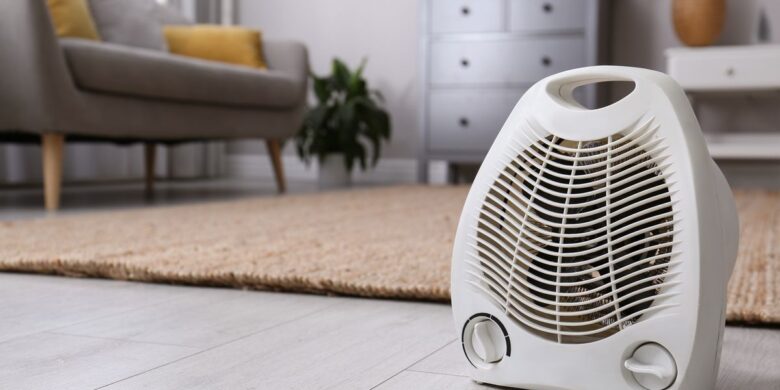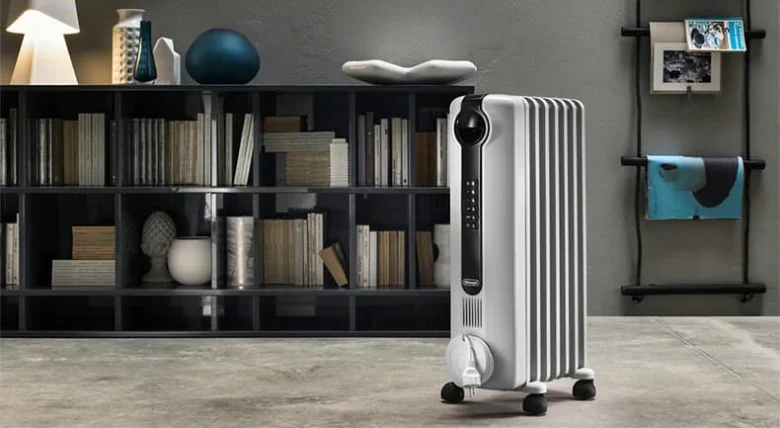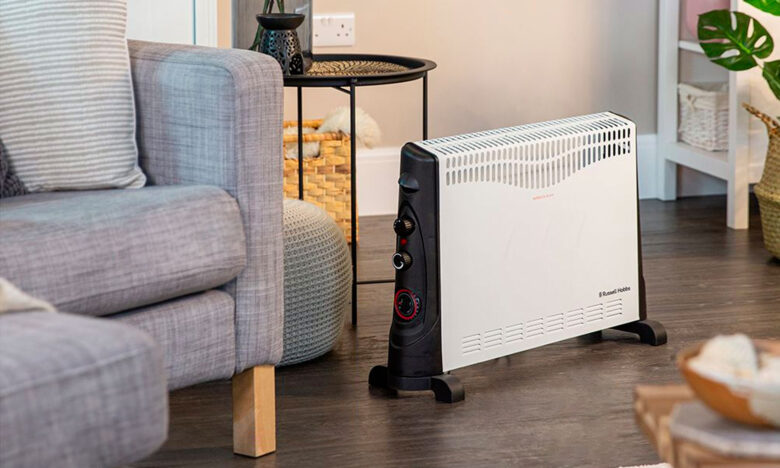The colder months are the best time to buy a new heater, especially if you want to be central heating-independent. To determine which heating option will be optimal for your living space, you need to understand the types of such devices and take into account several factors that may affect the choice. In our article, you will find a detailed description of the most popular and cheap heaters for sale www.ukplanettools.co.uk — from fan heaters to convectors, heaters powered by electricity, and gas.
Before planning the purchase of a heater and choosing its type, decide on the budget that you can spend on heating. Your task is to choose a heater not only with the best efficiency and heat dissipation but also one that will keep you from getting into debt during the winter months. In addition, it is necessary to take into account the area that you need to heat and the safety requirements you have.
Once you understand how energy-intensive an appliance you can afford, take a look at the benefits of different types of heaters.
Types of Heating Equipment

Source: thisoldhouse.com
Depending on the purpose, several categories of heaters can be distinguished. Sellers most often divide heaters into:
- Industrial
- Household
- For outdoor use
- For patios
Depending on the source of heat and the type of energy produced, heaters are:
- Electric — the most popular and safe heat converters, which practically do not pose a health hazard since they do not require exhaust ventilation, and the risk of fire hazard is minimal if the precautions are observed. If you place heaters away from flammable objects or purchase appliances with thermostats, overheating sensors, surfaces that are cool to the touch, and safety switches that turn off the appliance if it tips over, you will completely protect yourself from fires and burns.
- Radiant — that actually heat objects, not air, so they are more used for spot heating. They work effectively in warehouses, garages, storerooms, etc. In factories, radiant heating systems are installed, which supply heat directly to the floor of the room and panels in the walls and ceiling. Such heaters are economical and energy efficient and do not require regular maintenance and care.
- Non-electric heaters use kerosene, liquid propane, or natural gas for heating. Such devices are recommended for outdoor use only as they produce carbon monoxide, which is harmful to our health. Kerosene and gas heaters are considered capable of heating large areas as they heat not only objects but also air. However, due to the negative impact on air quality, they are considered only an emergency source of heat and are used when there is a power outage.
- Wood-burning fireplaces are very efficient and heat the entire area safely without any burden on your electricity bill. Often, owners of country houses choose this type of heater, dreaming of winter evenings spent by the cozy hearth. The only catch is that you must have a chimney system.
When choosing a heating system, experts advise you to divide your living space into zones, and following this, combine the types of heaters, thereby reducing the overall apartment heating bill.
What Criteria Should Be Considered When Choosing a Heater?

Source: sylvane.com
When browsing heaters for sale, do not forget about other nuances that you should pay attention to:
- Choose models with timers: this allows you to customize the device according to your needs and save electricity.
- If noise bothers you, opt for Radiant or Oil-filled heaters — they are noiseless.
- Remember that most heaters burn oxygen and reduce humidity, so for a nursery, an oil heater is the best option, during which the hot oil temperature is conducted in the air without affecting the above indicators.
- Consider the portability and portability of the heater if you plan to move it around the room.
- Pay attention to multiple heating settings as the heater can be used in variable temperature conditions.
In addition, please note that the device is protected from overheating by an automatic shutdown system when a certain temperature is reached.
The Most Popular Heaters for Home Use

Source: which.co.uk
For heating residential spaces, electric heaters are most often used, which do not emit carbon monoxide during operation. Before you make your final choice, compare the pros and cons of using a particular model of indoor heater:
- Electric fan heaters perform the functions of both heating and cooling, so they are most often purchased by people with a limited budget. Such devices are portable; they can quickly warm up a small room but stop radiating heat as soon as turned off.
- Radiant bar heaters transfer heat directly to people and objects in the immediate vicinity, so they are not the best option for heating an entire room. However, they work completely silently, so they are ideal for the bedroom.
- Convector heaters may well compete with the central heating system as they can effectively heat not only the nearby area but the entire room. They also operate silently and can be fitted with a micathermic panel to take advantage of both convection and radiant heat.
- Oil-filled heaters are characterized by the fact that they continue to produce heat for a long period after being turned off. They are considered some of the safest and most economical heaters. Even though they have a rather bulky design and heavy weight, they are still convenient to use due to the wheels that make them easy to move.
If you’re still having a hard time identifying what type of heater you need, think of how long you intend to heat your home in this way. For short-term use, a low-cost portable fan heater will suffice. However, in the long run, look for devices that will help you use electricity most economically. Heaters equipped with built-in regulators allow you to adjust their output power and, thereby, reduce operating costs. As a rule, they are more expensive, but over time, their acquisition fully pays for itself.
